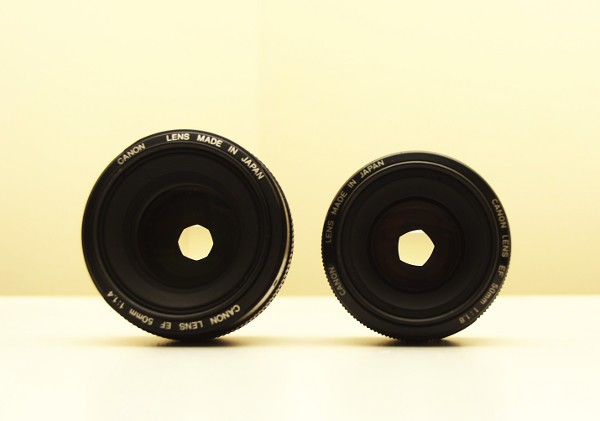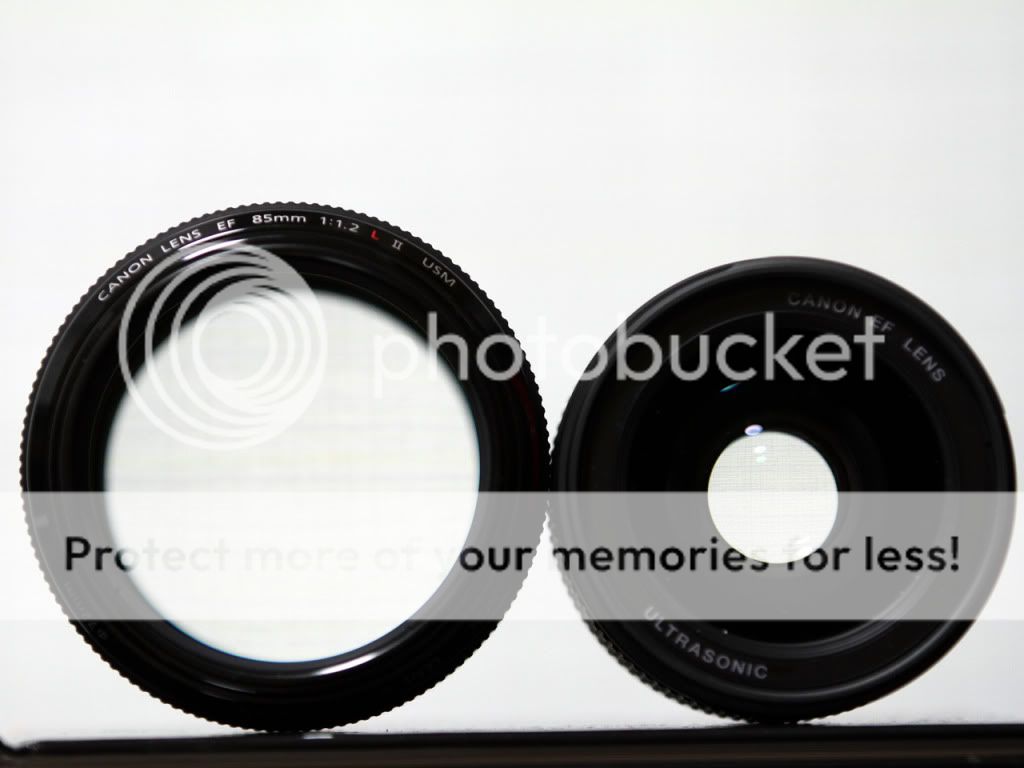Gaerek
No longer a newbie, moving up!
- Joined
- May 2, 2009
- Messages
- 1,341
- Reaction score
- 98
- Location
- Tucson, AZ
- Can others edit my Photos
- Photos NOT OK to edit
Speed Simply refers tho the size of minimum aperture. Think of it as the speed that it can let light in. For example
F1.2 is a large aperture and lets lots on light in (within the time the shutters open). Fast lens
F4.5 is a smaller aperture and does not let as much light in(within the time the shutters open). Slow Lens
But if the 1.2 has a low depth of field and you have to crank it to 4.5 to get a good shot then how is the 1.2 any better than the 4.5. I would think a 67mm filter size 4.5 would be better than a 52mm filter 1.2. Because you have increased depth of field in a 67 4.5 and the 67 lets in more light. What picture would you take with a depth of field reduced to 1.2?
I have two answers for this.
1) All lenses have a sweet spot where they are the sharpest. For slower lenses, this is typically a pretty small aperture, like f/9 or f/11. For faster lenses, its usually much lower, maybe around f/5.6 or even f/3.5 potentially. Lenses are typically soft near the aperture extremes. In your case, the slow lens is right at it's extreme aperture. The fast lens is closed down several stops past it's extreme aperture. The fast lens will be sharper.
2) Are you always going to be in a situation where the optimum aperture is f/4.5? Chances are, that f/1.2 is going to come in handy in certain circumstances. In other words, the fast lens is WAY more versatile than the slow lens.





![[No title]](/data/xfmg/thumbnail/36/36301-27972c0474532c2ef657014362950733.jpg?1734168626)
![[No title]](/data/xfmg/thumbnail/32/32718-19d5f7764b6f43f6cec5a67701261560.jpg?1734162358)

![[No title]](/data/xfmg/thumbnail/35/35969-b6f009f356cac5fdbffb0729bddb9e25.jpg?1734167857)





